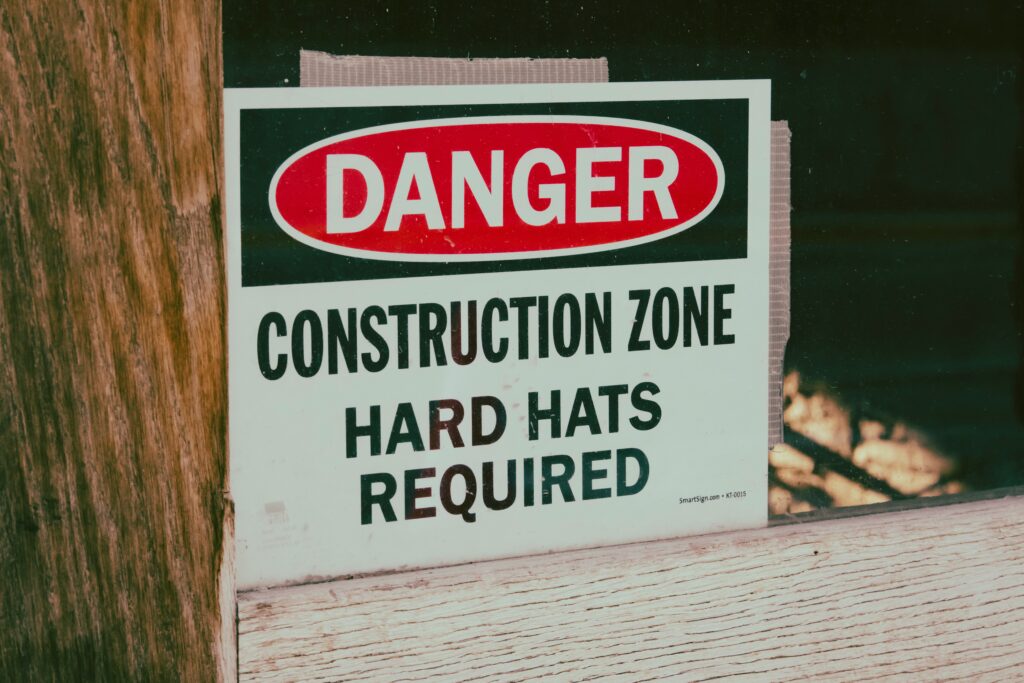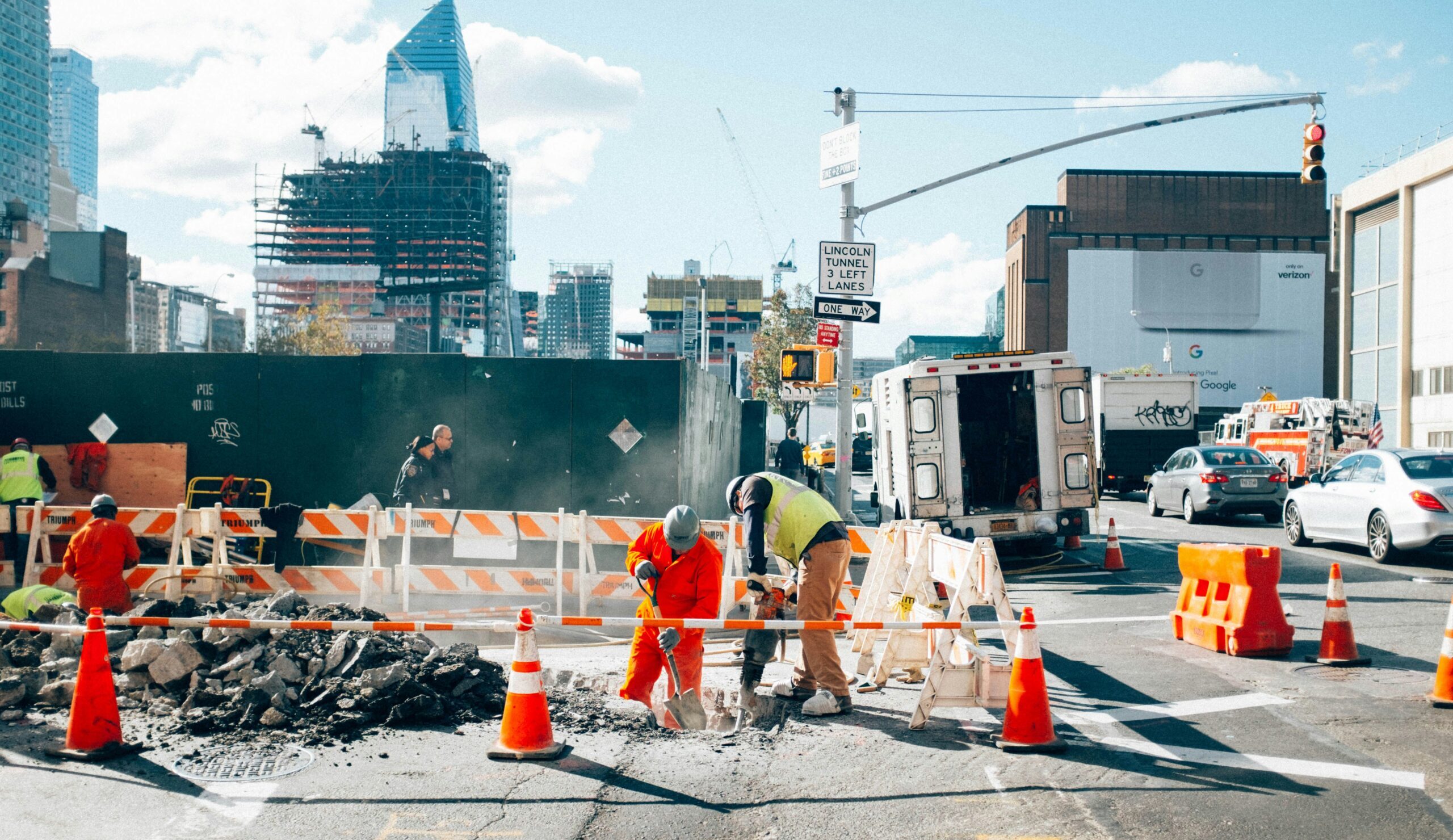Confined spaces like manholes, crawl spaces, and storage tanks are not designed for people to work in for extended periods. These spaces are often difficult to enter and even harder to exit quickly in an emergency. Construction workers frequently have to enter these hazardous areas, which can put their health and lives at serious risk.
Employers bear the duty of care to provide a safe workplace environment to their workers. Failure to do so can hold construction companies, managers, and supervisors liable for personal injury claims.
What Makes a Space “Confined”?
A confined space is any area that:
- Is large enough for a worker to enter
- Has limited ways to get in or out
- Is not meant for ongoing work or occupancy
These areas often contain hidden dangers, such as toxic gases, poor ventilation, or the risk of fire or explosion. These can cause serious injuries or death if not properly addressed before work begins.
Deadly Hazards in Confined Spaces
Workers in confined spaces may be exposed to:
- Poisonous fumes or chemicals
- Electrical shock
- Explosions or fires
- Suffocation due to lack of oxygen

Who’s Responsible for Worker Safety?
When accidents happen in confined spaces, multiple parties may be responsible depending on their role at the worksite. Understanding these roles is critical when pursuing a personal injury or wrongful death claim.
Entry Employer
The company that sends its workers into a confined space. If there’s more than one company involved, each is considered an entry employer and must comply with safety regulations, including those outlined by OSHA.
Controlling Contractor
The company or entity overseeing the entire construction site. This contractor must:
- Share any known hazards with all other employers
- Coordinate all entry operations to prevent accidents when multiple companies or workers are involved
Host Employer
The property owner or manager where the work is taking place. If they have information about known dangers in a confined space, they are required to pass that on to the controlling contractor, who then shares it with the other parties involved.

Employer Duties Under the Law
All Employers Must:
- Identify any confined spaces on site
- Determine if those spaces require a special permit for entry
- Ensure that unauthorized workers do not enter permit-required confined spaces
Entry Employers Must:
- Follow all safety procedures to protect workers
- Inform the controlling contractor of any hazards discovered during entry
Controlling Contractors Must:
- Share safety information with all involved parties
- Coordinate work activities to prevent dangerous overlaps or exposure
Host Employers Must:
- Provide known hazard information to the controlling contractor.
Injured in a Confined Space Accident?
When safety standards are ignored or responsibilities are unclear, the results can be catastrophic. If you or a loved one has been injured or worse in a confined space while working on a construction site, you may be entitled to compensation.
Contact a Los Angeles Injury Attorney Today
Our knowledgeable and experienced personal injury attorneys in Los Angeles, CA, are here to walk you through the legal process following a workplace injury.
The statute of limitations typically requires you to file a Los Angeles personal injury claim within two years of the date of the injury. This means that if you are injured, it is important to reach out to our Los Angeles personal injury law firm ASAP to get the most out of your claim.
With over 25 years of experience, John J. Perlstein is one of the best personal injury attorneys in Los Angeles, CA, securing fair and just outcomes in personal injury and wrongful death cases.
This includes catastrophic injuries, car accidents, and more. He will work tirelessly with insurance companies and other parties to ensure maximum compensation for victims and their families.
To set up a free consultation with a top Los Angeles injury attorney regarding your work-related personal injury claim, fill out our form online or give us a call at (213) 583-5786.
